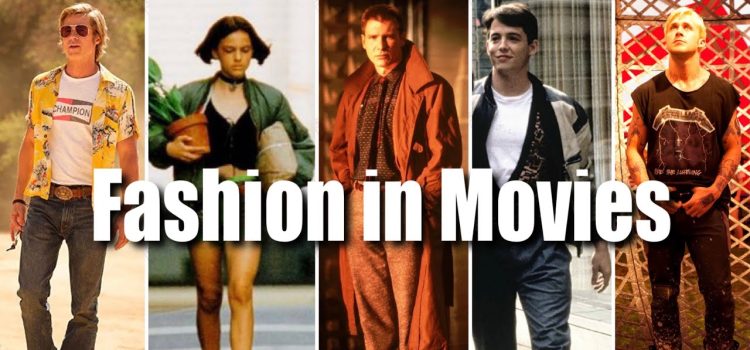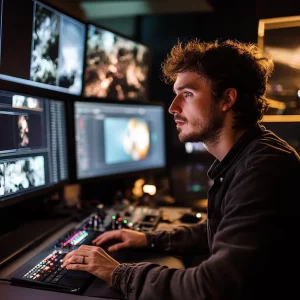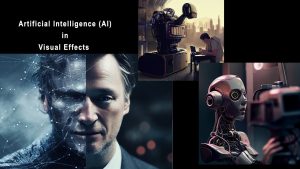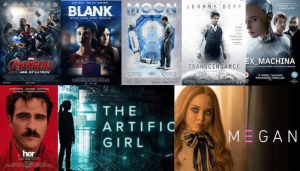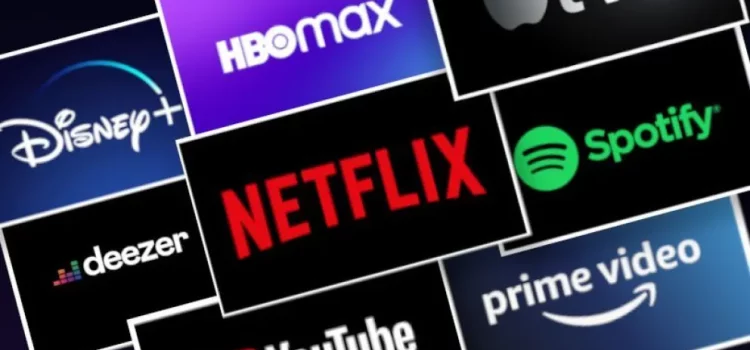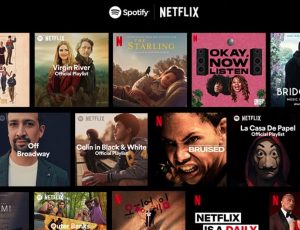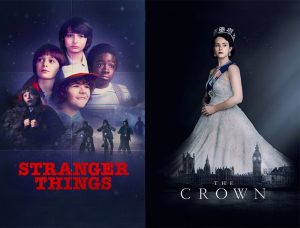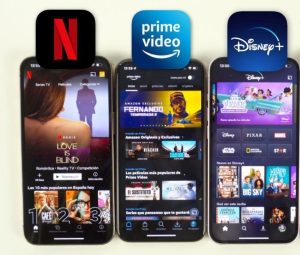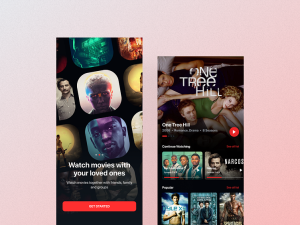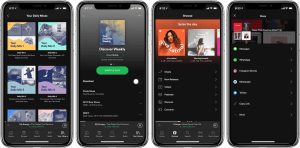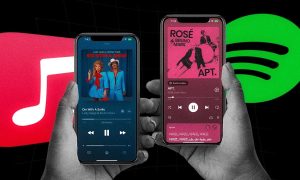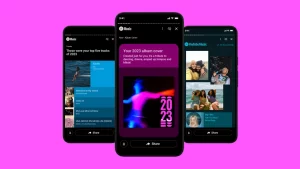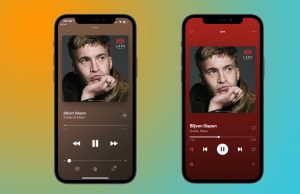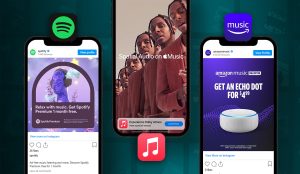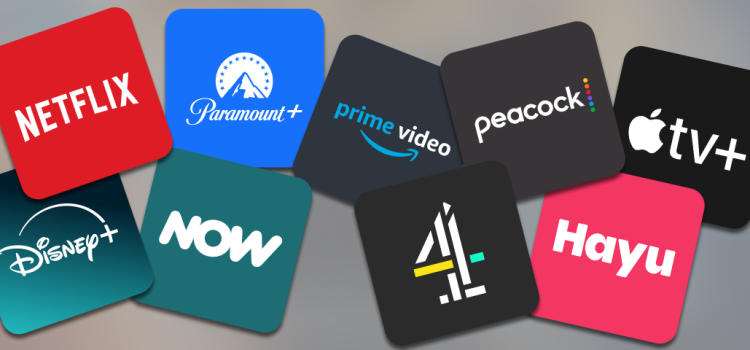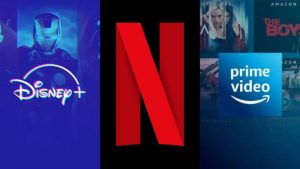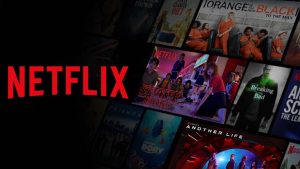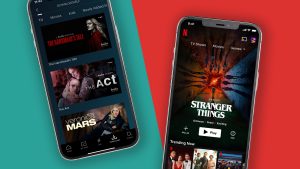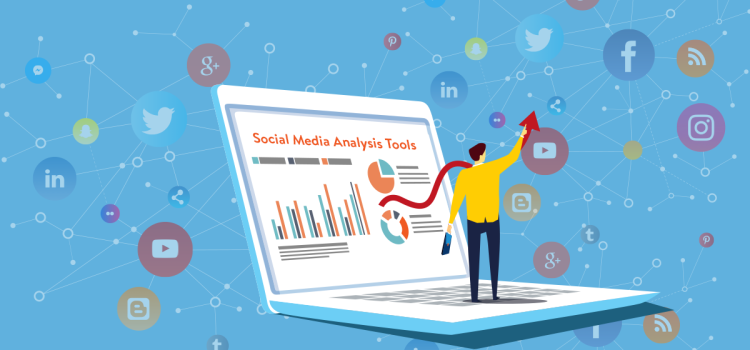
Introduction
Audience engagement is a key factor in the success of any digital marketing strategy. It involves capturing the attention of an audience and maintaining meaningful interactions that foster brand loyalty. Traditionally, engagement has relied on methods like email marketing, social media posts, and live events. However, with advancements in technology, a new wave of transformation is underway. Enter Generative AI, a tool that has the potential to drastically change how brands connect with their audiences.
Generative AI refers to artificial intelligence systems capable of producing content—whether it’s text, images, videos, or even music—based on inputs provided to them. This innovative approach allows for a more personalized and interactive audience experience, going beyond one-size-fits-all strategies.
The Rise of AI in Audience Engagement

Generative AI is already making waves in the world of audience engagement. By using algorithms to understand user behavior and preferences, AI can generate personalized content that resonates with individual users. This creates a more dynamic relationship between brands and consumers. From tailored social media posts to custom emails and interactive chatbots, AI is allowing brands to communicate with their audience in new and exciting ways.
How Generative AI Improves Audience Engagement

1. Personalized Content Creation
One of the most powerful capabilities of Generative AI is its ability to create highly personalized content. In traditional engagement methods, content is usually generic and aimed at a broad audience. With AI, content can be tailored to the interests, preferences, and behaviors of individual users. For example, AI can generate personalized emails or advertisements that feel more relevant and engaging.
- Example: A clothing brand might use AI to create a personalized lookbook based on a user’s previous browsing behavior, offering product recommendations that are more likely to convert.
2. Real-Time Interactivity
Generative AI allows brands to engage with audiences in real-time, providing instant responses to queries or interactions. Chatbots powered by AI can answer customer questions, provide product recommendations, and even resolve issues, all while maintaining a conversational tone. This instant feedback loop creates a more engaging experience for the user.
- Example: A customer reaches out to a fashion retailer’s website for advice on outfit pairings. The AI chatbot suggests several options based on the customer’s preferences, driving deeper engagement.
3. Dynamic and Interactive Campaigns
Gone are the days of static digital campaigns. Generative AI enables the creation of dynamic and interactive campaigns that evolve based on user input. Through AI-powered content generation, brands can create immersive experiences where users feel like they are a part of the campaign.
- Example: A gaming company might use AI to develop interactive storylines where the user’s choices influence the game’s progression, creating an experience that feels unique to each player.
4. Increased Efficiency and Cost-Effectiveness
The traditional process of creating content for audience engagement—whether it be video production, social media posts, or blog writing—can be time-consuming and expensive. Generative AI can automate content creation, reducing the workload and costs for marketers while ensuring that content remains relevant and engaging.
- Example: AI tools can generate social media posts or email newsletters in a fraction of the time it would take a human content creator, allowing brands to quickly respond to trends and events.
Benefits of Generative AI for Audience Engagement

Generative AI has several benefits when it comes to enhancing audience engagement:
- Scalability: AI can help brands engage with a large number of users simultaneously. Automated content creation and real-time interactions ensure that no customer is left behind.
- Personalization: AI can tailor content and interactions to individual user preferences, creating a more meaningful and impactful engagement experience.
- Efficiency: By automating the content creation process, AI reduces the time and cost involved in producing high-quality engagement strategies.
- Insights: AI tools can track user behavior and provide insights into how audiences interact with content. This allows brands to refine their engagement strategies over time for better results.
Challenges of Using AI for Audience Engagement

While the benefits of Generative AI are numerous, there are also some challenges that brands need to be aware of:
- Data Privacy and Security: AI systems require access to user data to generate personalized content. This raises concerns about data privacy and security. Brands must ensure they are complying with data protection regulations like GDPR.
- Over-Reliance on Automation: While AI can automate many aspects of engagement, it’s important to strike the right balance between automation and human touch. Over-reliance on AI could result in a lack of genuine, human connection.
- Quality Control: Although Generative AI can produce content quickly, there is always the risk that the generated content might not align with the brand’s voice or values. Brands must have a process in place to review AI-generated content.
Case Studies: AI in Action
1. Coca-Cola’s Personalized Advertising

Coca-Cola has used AI to create personalized ads that resonate with different demographics. By leveraging user data and AI algorithms, they have been able to generate advertisements that feel tailored to each individual. This has led to an increase in user engagement and brand affinity.
2. Spotify’s AI-Driven Playlists

Spotify uses AI to create personalized playlists based on users’ listening history. The platform’s “Discover Weekly” feature, powered by AI, provides users with a curated playlist of new music every week, driving user engagement and loyalty. The more a user interacts with the platform, the better the recommendations become, creating a cycle of engagement.
How Generative AI Personalizes Content
One of the biggest advantages of Generative AI is its ability to personalize content. Instead of creating general messages for everyone, AI can analyze data from users and generate content that matches their interests. For example, AI can recommend products, create personalized emails, or suggest specific blog posts that are more likely to appeal to each individual. This makes the audience feel seen and valued, which can lead to stronger connections and more engagement.
Improving Customer Interactions with AI

Generative AI also makes customer interactions easier and more efficient. AI-powered chatbots can answer questions and resolve issues immediately, without the need for human support. This creates a smoother experience for customers, who no longer have to wait in long queues or deal with slow responses. By providing fast and helpful answers, AI helps build trust and satisfaction with the brand.
Saving Time and Money with Automation
Generative AI helps save time and money by automating many tasks that would normally require human effort. Content creation, for example, can be done in minutes instead of hours. AI can write articles, create social media posts, and design advertisements without much human input. This allows businesses to focus on other important tasks, like strategy and planning, while AI handles repetitive and time-consuming work.
The Impact of AI on Brand Loyalty

Generative AI can also help build brand loyalty. By delivering personalized content and experiences, brands show that they understand and care about their audience. When people feel connected to a brand, they are more likely to stay loyal and keep coming back. AI can create consistent and relevant interactions that keep customers engaged over time, strengthening the bond between the brand and its audience.
The Need for Ethical AI Use
As businesses use more AI to engage with their audience, it’s important to think about ethics. AI relies on user data to personalize content, and businesses must ensure they use this data responsibly. Privacy concerns are a big issue, and brands need to be transparent about how they collect and use information. Ethical use of AI is crucial for maintaining trust and keeping customers happy.
The Future of Audience Engagement with AI

As Generative AI continues to evolve, its potential to transform audience engagement grows. In the future, AI will be able to predict user preferences even more accurately and generate hyper-personalized content that feels like a one-on-one interaction. AI-powered tools will also become smarter, learning from every interaction to enhance future engagements.
Furthermore, as AI technologies like deep learning and natural language processing improve, we may see even more sophisticated ways of engaging with audiences, such as AI-driven voice assistants or virtual influencers.
Looking Ahead: AI’s Growing Role in Audience Engagement
Generative AI is still evolving, and its role in audience engagement will only continue to grow. As technology improves, AI will become better at understanding human emotions and reactions, making interactions even more personal and meaningful. The future of AI in audience engagement holds exciting possibilities, from hyper-personalized experiences to smarter communication tools that make interactions feel even more natural. Brands that embrace these changes will be well-positioned to thrive in an increasingly digital world.
Analysis of AI in Audience Engagement
| Aspect | Traditional Methods | AI-Powered Engagement |
|---|---|---|
| Content Personalization | Generic content for a broad audience | Highly personalized content based on user data |
| Efficiency | Time-consuming and expensive to produce content | Instant content generation, cost-effective |
| Interactivity | Limited to static responses and engagement | Real-time, dynamic engagement with users |
| Audience Insights | Limited data analytics available | In-depth analysis of user preferences and behavior |
| Scalability | Difficult to engage with a large number of users | Scalable, can handle millions of interactions simultaneously |
Comparative Table: Traditional vs. AI-Driven Audience Engagement
| Factor | Traditional Engagement | AI-Driven Engagement |
|---|---|---|
| Audience Interaction | One-way communication (broadcast) | Two-way communication (interactive) |
| Speed of Content Creation | Slow, requires manual effort | Fast, automated content generation |
| Customization | Limited to broad demographic segments | Deep customization based on individual behaviors |
| Cost of Production | High production costs for quality content | Lower production costs with automation |
| Data Utilization | Basic data tracking and segmentation | Advanced data analytics and personalization |
Conclusion
Generative AI is revolutionizing audience engagement by creating more personalized, interactive, and efficient ways to connect with users. While challenges remain—especially regarding privacy and quality control the potential for AI to transform how brands interact with their audiences is immense. Brands that embrace AI will be well-positioned to provide more meaningful experiences, foster deeper customer relationships, and stay ahead of the competition in an increasingly digital world.









